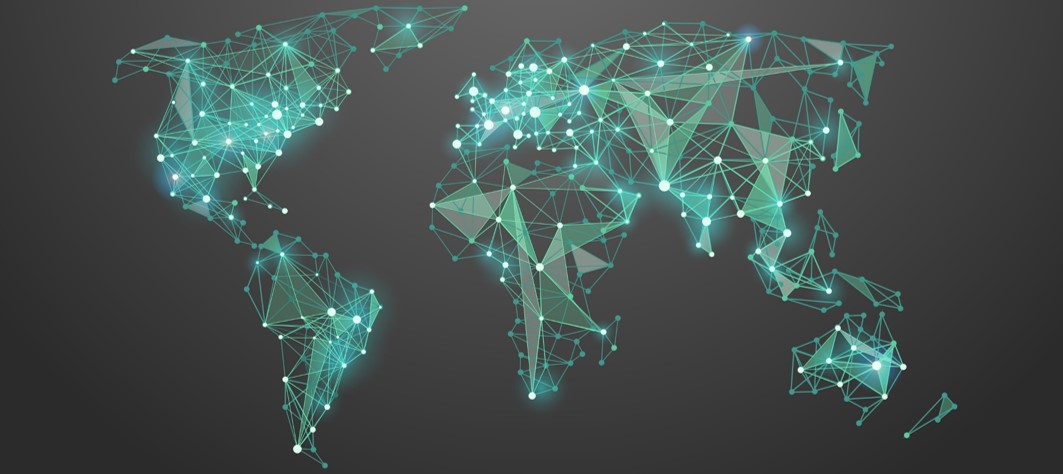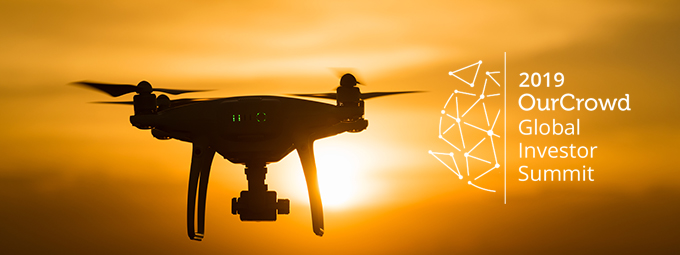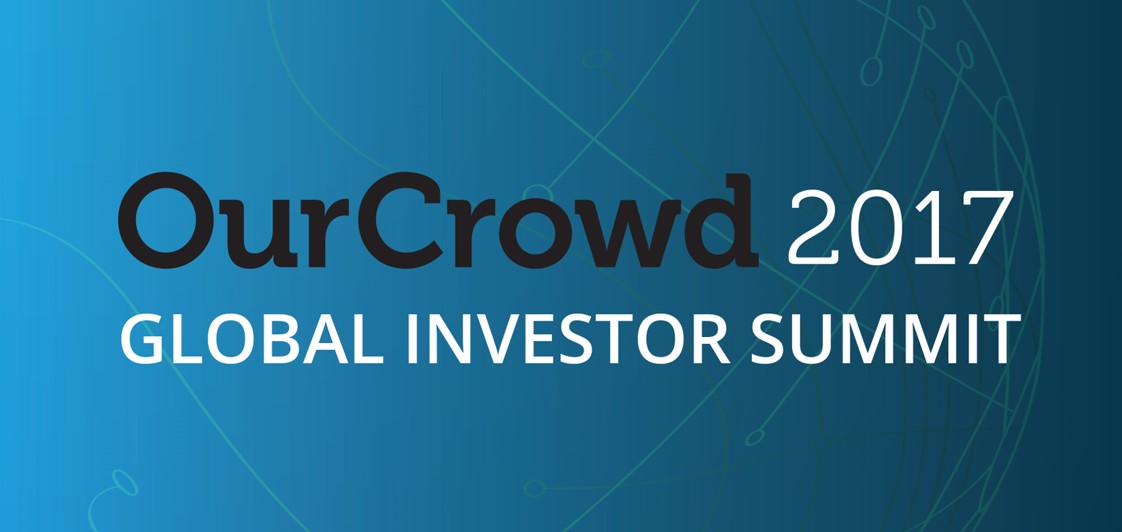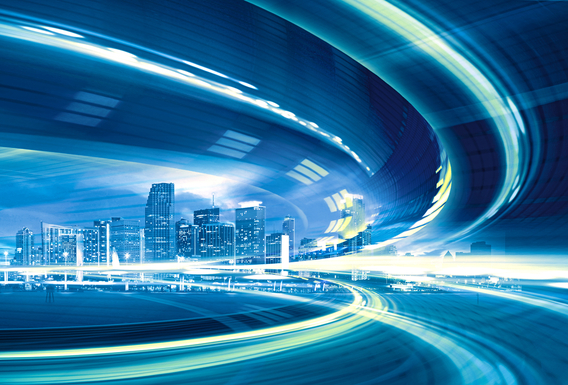A system called the Iron Dome intercepts rockets before they can hit the ground, saving human lives.
A farmer using an application called CropX sets his irrigation system to deliver more water to certain parts of his field and less to others, increasing food yields while conserving resources.
Two ancient human challenges, warfare and farming, have been completely transformed due to technology that increasingly connects all objects, ranging from hostile missiles to green sprouts of wheat.
About 28 billion ‘things’ will be connected to the internet by 2020, according to a recent Harvard Business Review report. As advances zoom forward with the help of the sector known as Internet of Things, or IoT, the world is on a path to increasing connectivity, setting us up for myriad social and economic changes.
The first internet-connected device that was not a computer was a toaster. In 1990, John Romkey created a toaster that could be switched on and off over the internet, following the challenge of Interop Internet host Dan Lynch. Although this started off as nearly a joke, the technology behind it continued to develop.
By 1999, experts began to discuss the changes that would happen as “things start to use the net.” Companies began to announce plans for internet-connected appliances, like refrigerators and stoves. In 2004, radio frequency identification, or RIFD, technology was put into regular use by the U.S. military, and introduced in the civilian world by way of Wal-Mart, which used the system to keep track of stock. By 2008, the Internet of Things was declared established by Cisco Internet Business Solutions Group because at this point there were more internet-connected objects in the world than people. IoT is known as the third wave in the development of the internet, after connected computers, and later, mobile phones.
And now the sector is growing rapidly, affecting almost every realm of life. We now see “numerous triggers turning IoT from a futuristic buzzword to a reality,” the Harvard Business Review writes. The cost of small sensors that connect objects has dropped dramatically, and the processing power and bandwidth needed to run such sensors has also declined, paving the way for widespread use.
This sector will soon emerge as the largest device market in the world, a Business Insider Intelligence report recently found. Nearly $6 trillion will be spent on IoT solutions over the next five years. Like the industrial revolution, “it will change the way all businesses, governments, and consumers interact with the physical world,” Business Insider writes.
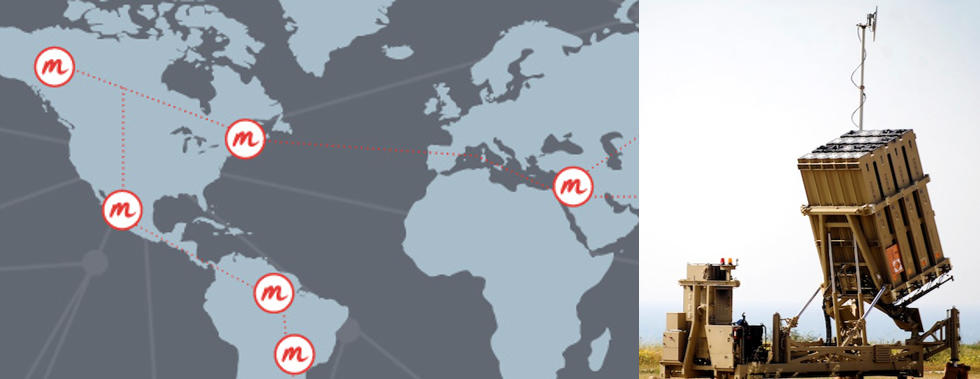
Although still in its early stages, one defining feature of the IoT is that it seems without bounds, with huge potential almost everywhere in life. As one Techworld report wrote, “clearly the Internet of Things is yet to prove itself,” but “the building blocks are in place for IoT to become ubiquitous across industries very quickly.”

It won’t be much more time before we really live the difference.
——————————-
Stay tuned for more information on future IoT technologies and investment opportunities at OurCrowd’s 2016 Global Investor Summit in Jerusalem next week (January 25-26)!

